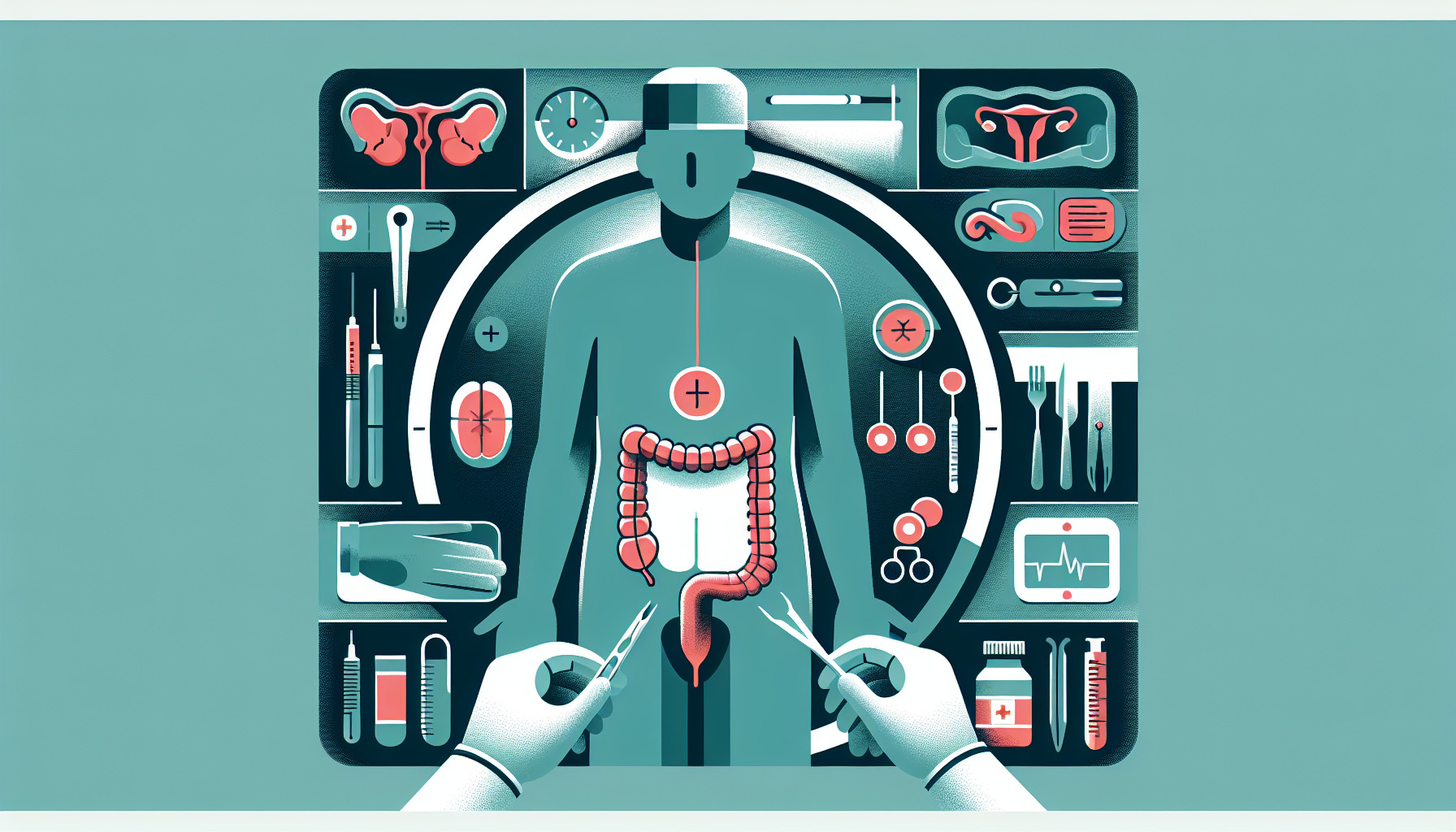Our Summary
This research paper is about a study which evaluated the effectiveness of a hemorrhoid surgery technique known as LigaSure™ Hemorrhoidectomy (LH). Hemorrhoids are a common disorder that affects the rectum and anus, and the LigaSure™ device is a newer tool which has helped improve surgery for these conditions.
The study looked at 1,454 patients who were treated with the LigaSure™ technique for serious (grade III and IV) hemorrhoids from June 2001 to February 2019. The researchers measured things like how long the surgery took, how long patients stayed in the hospital, how quickly they could go back to work, and any complications that happened after surgery.
The results showed that the average surgery time was around 14 minutes, and most patients (90.2%) were able to go home the same day. Pain after surgery decreased significantly by the 30th day. Early complications (within the first month) were quite low, with urinary retention being the most common issue. Later complications (1-2 months after surgery) affected 5.8% of patients and included problems like anal stenosis (narrowing of the anal canal), incomplete healing, and anal fissures (tears). Long-term complications affected 5.3% of patients and included anal fistula (an abnormal connection between the anus and skin), soiling, abscesses, and recurrence of hemorrhoids.
The study concluded that the LigaSure™ hemorrhoidectomy is a safe and quick procedure with a very low rate of complications.
FAQs
- What is the LigaSure™ Hemorrhoidectomy technique and how does it improve hemorrhoid surgery?
- What were the most common complications after the LigaSure™ hemorrhoidectomy procedure?
- What was the average recovery time for patients who underwent the LigaSure™ hemorrhoidectomy?
Doctor’s Tip
A doctor might tell a patient considering a hemorrhoidectomy using the LigaSure™ technique that it is a safe and effective procedure with a low rate of complications. They may also advise the patient to follow all post-operative care instructions carefully, including taking any prescribed medications, eating a high-fiber diet, staying hydrated, and avoiding straining during bowel movements. Additionally, they may recommend gentle cleansing of the anal area and avoiding heavy lifting or strenuous activity until fully healed. It is important for patients to communicate any concerns or changes in symptoms to their healthcare provider to ensure proper healing and recovery.
Suitable For
Patients with serious (grade III and IV) hemorrhoids who have not responded to conservative treatments such as dietary changes, stool softeners, and topical medications are typically recommended for hemorrhoidectomy. These patients may experience symptoms such as severe pain, bleeding, itching, and prolapse of hemorrhoidal tissue. Additionally, patients with recurrent hemorrhoids or those with complications such as thrombosis (blood clots in hemorrhoidal veins) may also be candidates for surgery.
It is important for patients to discuss their symptoms and treatment options with a healthcare provider to determine if hemorrhoidectomy is the best course of action for their individual case. In some cases, less invasive treatments such as rubber band ligation or sclerotherapy may be recommended before considering surgery.
Timeline
Before hemorrhoidectomy:
- Patient experiences symptoms of hemorrhoids such as itching, pain, swelling, and bleeding.
- Patient may try conservative treatments such as over-the-counter creams, sitz baths, and dietary changes.
- If symptoms persist, patient consults with a doctor who may recommend hemorrhoidectomy as a treatment option.
After hemorrhoidectomy:
- Patient undergoes surgery using the LigaSure™ technique, which takes around 14 minutes on average.
- Most patients are able to go home the same day after surgery.
- Pain after surgery decreases significantly by the 30th day.
- Early complications (within the first month) are low, with urinary retention being the most common issue.
- Later complications (1-2 months after surgery) affect 5.8% of patients and include problems like anal stenosis, incomplete healing, and anal fissures.
- Long-term complications affect 5.3% of patients and include anal fistula, soiling, abscesses, and recurrence of hemorrhoids.
- Overall, the LigaSure™ hemorrhoidectomy is considered a safe and effective procedure with a low rate of complications.
What to Ask Your Doctor
Some questions a patient should ask their doctor about hemorrhoidectomy, particularly when considering the LigaSure™ technique, may include:
- What are the potential risks and complications associated with LigaSure™ Hemorrhoidectomy?
- How long is the recovery period after surgery, and when can I expect to return to normal activities?
- Will I need to stay in the hospital overnight, or is this a same-day procedure?
- How will pain be managed after the surgery?
- What is the success rate of the LigaSure™ technique for treating grade III and IV hemorrhoids?
- Are there any specific post-operative care instructions I should follow to ensure optimal healing?
- Are there any long-term effects or risks associated with this surgery that I should be aware of?
- How frequently do patients experience a recurrence of hemorrhoids after undergoing LigaSure™ Hemorrhoidectomy?
- Are there any alternative treatment options for hemorrhoids that I should consider?
- Can you provide me with more information on the experience and expertise of the surgical team performing the procedure?
Reference
Authors: Rho M, Guida AM, Materazzo M, Don CP, Gazia C, Ivanikhin AM, Tognoni V, Venditti D. Journal: Rev Recent Clin Trials. 2021;16(1):101-108. doi: 10.2174/1574887115999201006201926. PMID: 33023436
